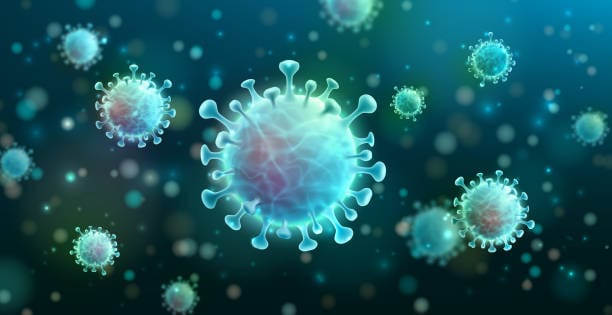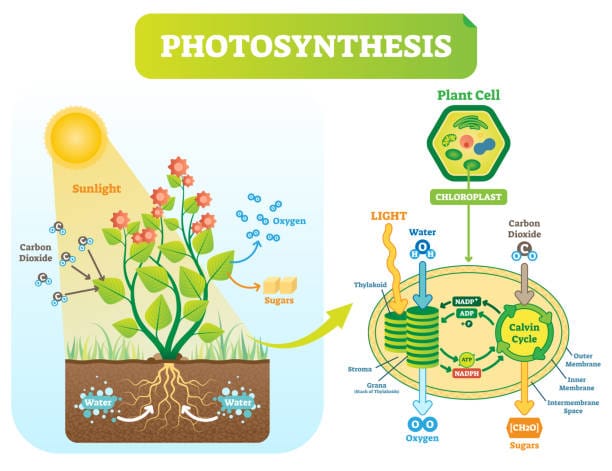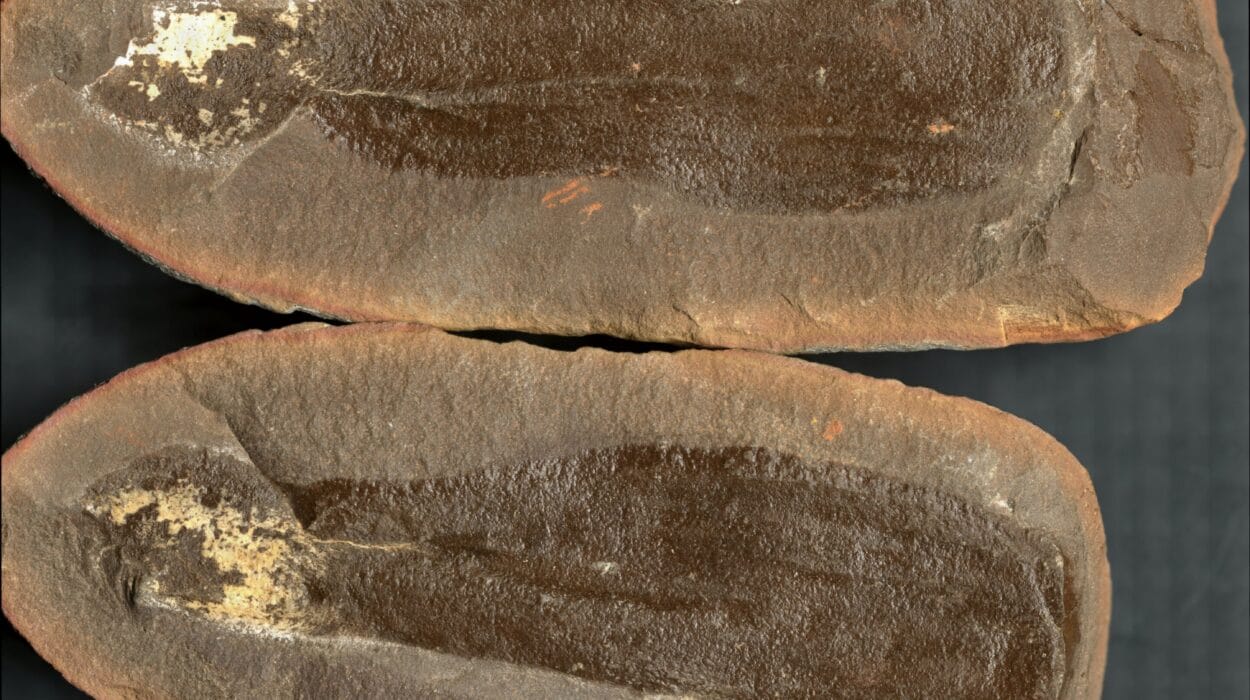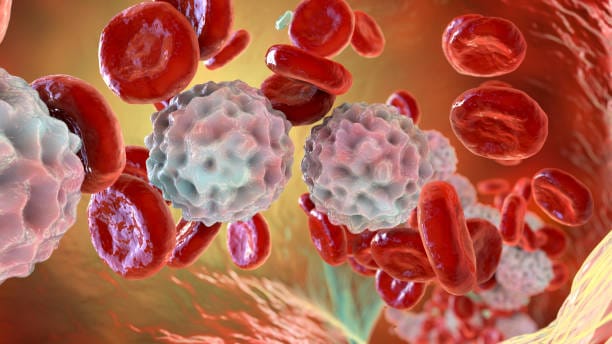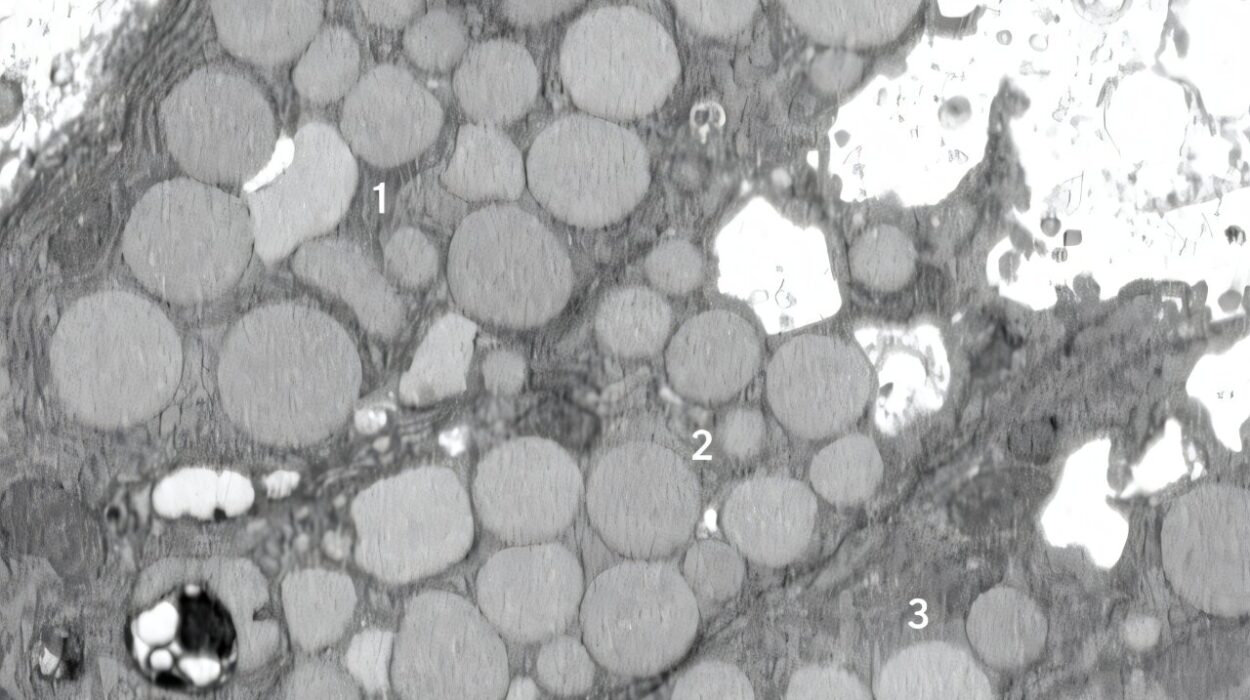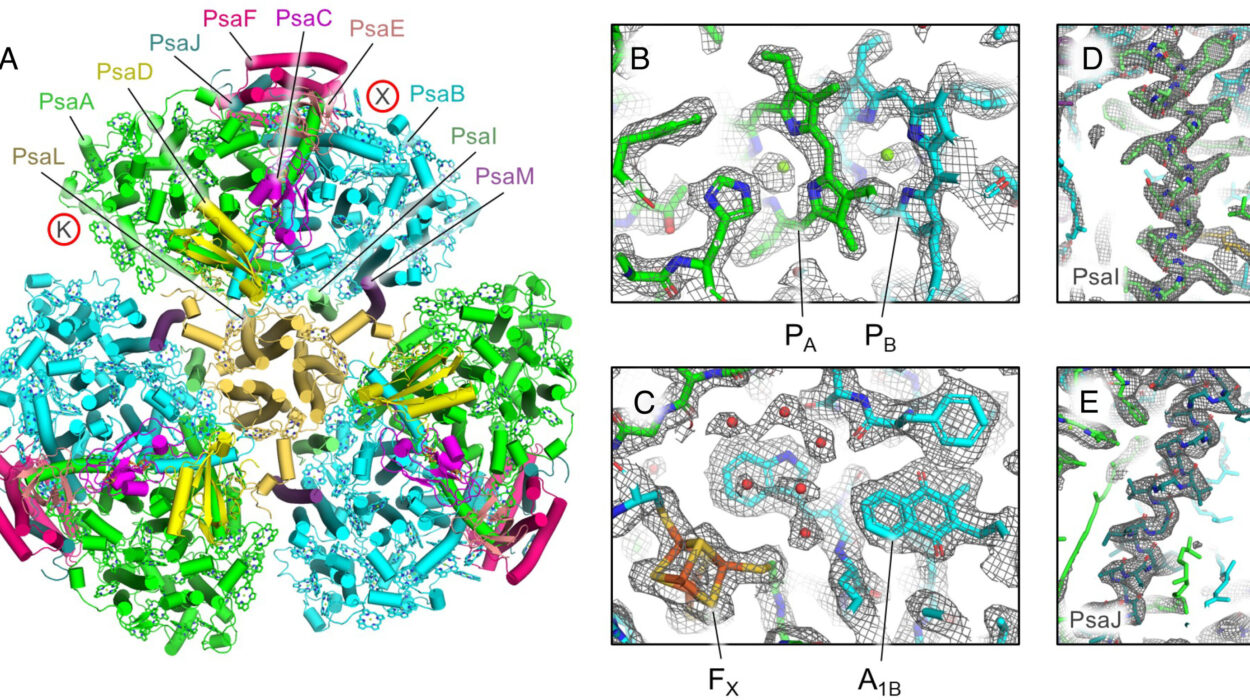Pandemics have shaped human history with ruthless efficiency. From the ancient Antonine Plague to the modern sweep of COVID-19, these outbreaks don’t just cause sickness—they alter economies, challenge governments, and redefine the contours of daily life. At the heart of many pandemics lies an almost imperceptible force: viral mutation. Tiny changes in genetic code can ripple through the fabric of global society like shockwaves, forcing a reckoning with the fragile balance between humanity and the microbial world.
Viruses are often described as simple machines—just strands of genetic material wrapped in protein—but their simplicity belies their cunning. They replicate by invading living cells, hijacking the machinery of life itself. And with every cycle of replication, there’s a chance something changes. A letter in their genetic alphabet flips. A sequence slips. A fragment is inserted, deleted, or duplicated. These mutations may seem insignificant in isolation. But together, they form the evolutionary script for viral survival, adaptation, and at times, catastrophic escalation.
Understanding how and why viruses mutate is essential to grasping the full picture of pandemic emergence and progression. In this story of molecular change and evolutionary strategy, we uncover not only the mechanics of viral mutation, but also its profound implications for public health, vaccine development, and the future of pandemic preparedness.
The Genetic Core of a Virus
To understand mutation, we must first understand the genetic blueprint of a virus. Unlike cellular organisms, viruses are not alive in the traditional sense. They cannot grow, consume energy, or reproduce independently. They carry only what they need to invade a host cell and commandeer its biology.
Their genetic information is stored as either DNA or RNA. Most viruses that cause pandemics—like influenza, HIV, and coronaviruses—are RNA viruses. RNA is structurally more fragile and more prone to copying errors than DNA. This instability makes RNA viruses particularly adept at rapid evolution.
Each time an RNA virus replicates, it uses enzymes called polymerases to copy its genome. But these polymerases often lack proofreading capabilities. They make mistakes—mutations. Some are harmless, others damaging, but a few may confer advantages. If a mutation makes the virus better at infecting, surviving, or evading the immune system, it can spread rapidly. These advantageous mutations become part of the viral lineage, carried forward like a winning genetic lottery ticket.
This is the silent churn of viral evolution: invisible to the eye, relentless in motion, and sometimes devastating in effect.
Mutation and the Spark of a Pandemic
Pandemics rarely begin with a sudden, dramatic leap. They are usually born in obscurity, in forests, farms, or crowded urban slums, where viruses mingle with animal and human populations. Zoonosis—the transmission of viruses from animals to humans—is the flashpoint. But mutation is the mechanism that turns a spark into a wildfire.
When a virus jumps from one species to another, it enters unfamiliar biological terrain. To thrive, it must adapt. This is where mutation plays a pivotal role. It helps the virus optimize its ability to bind to human cells, replicate efficiently, and escape immune detection. These changes often occur over dozens or hundreds of generations, happening so quickly and subtly that they escape notice until case numbers begin to rise.
SARS-CoV-2, the virus behind COVID-19, is a prime example. It likely originated in bats and may have passed through an intermediate animal host before infecting humans. Once inside the human population, it mutated rapidly, giving rise to variants that were more transmissible or more resistant to antibodies. These mutations didn’t occur in a vacuum—they were shaped by selective pressures, including immune responses, antiviral treatments, and even social behaviors like masking and distancing.
The ability of a virus to evolve within human hosts makes mutation not just an event, but an ongoing process—one that constantly reshapes the battlefield in a pandemic.
The Spectrum of Mutation Outcomes
Not all mutations are created equal. Many changes in a viral genome are neutral, altering the code without affecting function. Some are deleterious, weakening the virus or rendering it nonviable. But a few—the rare few—enhance survival, transmission, or immune evasion. These are the mutations that fuel the engine of viral evolution in pandemics.
A mutation might, for example, alter the structure of a viral surface protein so that antibodies produced by prior infection or vaccination are less effective. It might increase the virus’s binding affinity for human cells, making it easier to enter and infect them. Or it could affect how the virus is transmitted—through aerosols instead of droplets, for instance—changing the rules of contagion.
These changes can lead to new “variants of concern,” which emerge when clusters of mutations give the virus significant advantages. The Alpha, Beta, Delta, and Omicron variants of SARS-CoV-2 are all results of such mutations. Each brought new challenges to public health strategies, often outpacing the response by altering the playing field faster than containment measures could adapt.
Mutation is not directionless. It is shaped by pressures, by environments, by resistance. And it doesn’t stop when the world grows weary of the pandemic. If anything, it accelerates in the shadows.
Evolution in Real Time: How Variants Arise
In the classical sense, evolution is a slow process, measured in millennia. But for viruses, especially RNA viruses, evolution is on fast-forward. A single infected person can carry millions of viral particles, each a potential crucible for mutation. In this crowded, microscopic arena, natural selection works swiftly.
As infections spread through a population, different versions—or variants—of the virus emerge. Most fade away. But some find a niche. If a variant is more transmissible, even slightly, it can rapidly outcompete others. Within weeks, it may dominate regional or even global case counts.
The process is accelerated in immunocompromised individuals. In these patients, the virus may persist for weeks or months, facing prolonged immune pressure without being fully eliminated. This provides ample opportunity for the virus to evolve within a single host, acquiring mutations that help it escape antibodies or T-cells. Several notable variants of SARS-CoV-2 are believed to have arisen in such settings.
Travel and globalization further complicate matters. A variant that evolves in one corner of the world can be transported across continents in a matter of hours. Mutation plus mobility equals global risk.
Mutation and the Vaccine Race
Vaccines are among humanity’s most powerful tools against pandemics. They prime the immune system to recognize and attack a virus before it can establish a foothold. But vaccines are not static weapons—they must adapt, too.
Mutations that affect viral proteins—particularly those targeted by vaccines—can reduce vaccine effectiveness. This doesn’t necessarily mean a vaccine becomes useless, but it may provide less protection against infection or symptomatic disease, especially as time passes and immunity wanes.
This phenomenon was dramatically illustrated by the emergence of the Omicron variant. Its spike protein, the primary target of most COVID-19 vaccines, contained more than 30 mutations compared to the original strain. The result was a sharp reduction in vaccine-induced neutralization, though protection against severe disease generally held due to other components of the immune response.
In response, vaccine manufacturers updated formulations, creating bivalent or variant-specific boosters. mRNA technology, in particular, has proven agile, allowing rapid redesign of vaccines to match circulating variants. But the window of opportunity is narrow. As one variant fades, another may rise, carrying a different constellation of mutations.
The viral mutation arms race is not one we can opt out of—it demands constant vigilance, scientific agility, and global cooperation.
The Mutation-Evasion Loop: Immune Pressure and Escape
Mutation does not occur in a vacuum. It is driven by selection pressures, and one of the strongest of these is the human immune system. Antibodies, T-cells, and other defenses exert pressure on the virus to adapt or die. This sets the stage for a dynamic tug-of-war.
When a significant portion of the population has immunity—through vaccination or prior infection—the virus faces an uphill battle. But this very pressure can push it to evolve escape mechanisms. It may change the shape of its spike protein, hide its key epitopes, or reduce its visibility to immune cells. This phenomenon, known as immune escape, allows the virus to continue spreading even in partially immune populations.
This does not mean immunity is useless. Even when a virus partially escapes, the immune system retains memory. T-cells often recognize other parts of the virus, providing protection against severe outcomes. But immune escape complicates the path to herd immunity. It may necessitate regular booster shots, reformulated vaccines, or even new treatment strategies.
This cycle of pressure and evasion can create an evolutionary loop, with mutation as the feedback mechanism. The virus evolves, the immune system adapts, and the dance continues—sometimes for years.
Beyond Coronaviruses: Mutation in Other Viral Pandemics
While COVID-19 has brought viral mutation into public consciousness, it is far from the only example. The influenza virus is a master of mutation and reinvention. Its genome is segmented, allowing for a process called reassortment, in which entire segments swap between different viral strains. This can lead to sudden, dramatic changes known as antigenic shift—responsible for some of the deadliest flu pandemics in history, including the 1918 Spanish flu.
Influenza also undergoes gradual change through antigenic drift, where small mutations accumulate over time, requiring seasonal updates to flu vaccines. This constant need for reformulation is a direct result of mutation dynamics.
HIV, another RNA virus, mutates at astonishing rates. Its reverse transcriptase enzyme is highly error-prone, leading to rapid genetic diversification. This is why developing an effective HIV vaccine has proven so elusive. The virus outpaces traditional vaccine design, requiring novel approaches that account for its mutation-driven variability.
Ebola, Zika, and Dengue viruses also mutate, though at slower rates. Still, mutations in these viruses can affect transmissibility, severity, or response to treatment. In each case, mutation acts as both a survival strategy for the virus and a moving target for human intervention.
Surveillance, Sequencing, and the Science of Watching
To fight a mutating virus, we must watch it closely. Genomic surveillance—sequencing the genetic material of viruses from infected individuals—is the cornerstone of modern pandemic response. It allows scientists to detect new variants, track their spread, and assess their potential impact on health measures and vaccines.
During the COVID-19 pandemic, global sequencing efforts reached unprecedented levels. Thousands of SARS-CoV-2 genomes were sequenced and shared through platforms like GISAID. This allowed researchers to identify concerning mutations in real-time and inform public health decisions.
But surveillance is uneven. Wealthier countries often have better infrastructure and resources for sequencing, while low-income regions may struggle to contribute data. This creates blind spots in the global picture and allows variants to spread undetected.
Improving surveillance requires investment—not just in technology, but in training, data sharing, and international cooperation. Mutation is a global phenomenon. Our response must be global, too.
Mutation and the Future of Pandemic Preparedness
As we look ahead, the role of mutation in pandemics is both a warning and a call to action. The next pandemic may arise from a familiar virus that mutates in unexpected ways, or from a new virus crossing the species barrier with hidden potential for spread. In either case, mutation will shape its course.
Pandemic preparedness must include robust genomic surveillance, flexible vaccine platforms, and public communication strategies that adapt as quickly as the viruses themselves. It must also account for social and economic factors that influence viral spread and evolution—crowding, mobility, healthcare inequality.
Emerging technologies like pan-viral vaccines, artificial intelligence in mutation prediction, and synthetic biology offer hope. But they require foresight, funding, and a willingness to act before the crisis begins. Mutation won’t wait. Neither should we.
Humanity and Mutation: Coexistence, Not Control
In the final analysis, viral mutation is not an enemy—it is a biological inevitability. It is the language through which viruses survive, and sometimes thrive. Our task is not to eliminate mutation, but to understand it, anticipate it, and respond with intelligence and compassion.
Pandemics test more than our immune systems. They test our empathy, our resilience, and our global solidarity. Mutation adds complexity, but also urgency. It reminds us that in a world bound together by travel, trade, and information, our destinies are shared.
The invisible letters in a virus’s genome may change without notice. But what we write in response—in our science, our policies, and our collective will—can shape the outcome. In the long story of humanity and microbes, the next chapter is being written now. The ink is mutation. The pen is ours.
